Featuring Jean Rydberg
If you’re shooting a Canon APS-C camera like the R7, R10, or R100, then you’re in luck because - in our opinion - Canon has the best line-up of lenses for underwater shooters today. The Ikelite DLM housing system supports dozens of lenses, but let’s break these down to the few that are the best for underwater photo and video.
Ikelite President & CEO Jean Rydberg walks you through our picks of the sharpest and most affordable lens options underwater today.
Scroll down to read the transcript.
Photos thanks to Jennifer Ross, Steve Miller, Bryant Turffs, Douglas Klug, Matt Dowse, and Jean Rydberg
Videographer note: Most of the Canon APS-C sensors do not have in-body image stabilization. So, if you're shooting video underwater, you'll want to choose an RF series lens that has image stabilization built in, and any of these lenses will fit that bill.
Canon RF-S 18-45mm F/4.5-6.3 IS STM

© Bryant Turffs
The 18-45mm is Canon's standard kit lens with most camera systems including the popular R100 and R10 models. I think it's a really great zoom range to start out with underwater. It's wide enough to shoot photos of your buddy or sharks or turtles, and then you can zoom in to shoot smaller things like eels and spotted drums.
See more: Canon RF 18-45mm f/4.5-6.3 IS STM Lens Review & Results
APS-C Sensor Resolution
One thing that's so important to keep in mind with macro subjects is that a mirrorless camera with an APS-C sized sensor gives you plenty of flexibility to crop your image in post-production. So, when you're comparing it to a smaller camera like an OM TG-7 or even a Sony RX100 Mark VII, you'll be capturing more detail at a higher resolution, and you can easily blow up even the smallest subject to fill the frame after the fact.
Canon RF 15-30mm f/4.5-6.3 IS STM

Now, if you want a little upgrade from this, then there's the RF 15-30mm lens. It’s going to be a little larger and doesn't support rear loading into the housing, you'll have to install the camera body and then attach the lens through the front of the housing. I do like that it's super sharp. I feel like its focus is a little bit quicker and better overall compared to the kit lens. The build quality also seems a bit more sturdy, which does come with some extra length and weight.
The best thing about this lens is that it carries forward to a full frame system if you ever choose to upgrade to an R5 or R6 camera body. The lens retails at $550 in the US and often pops up on Canon's instant savings promotions for $100 off.
See more: Canon RF 15-30mm f/4.5-6.3 IS STM Lens Reviews & Results
Canon RF-S 10-18mm f/4.5-6.3 IS STM

I find underwater wide angle is perhaps the most challenging, but also the most rewarding type of underwater photography. 15mm or 18mm is plenty wide for most situations, but if you're shooting wrecks, large reefscapes, kelp forests, or really big animals like whale sharks, then you'll want a little wider view on your Canon APS-C sensor. For this, I absolutely love the RF-S 10-18mm lens. It's so compact and affordable and it works with the same dome port and zoom gear as the 18-45mm.
Now, typically rectilinear lenses have corner sharpness issues, but Doug Klug has shown that this holds its own compared to even the best fisheye lenses. And it's the most affordable wide angle option underwater at only $329 US.
See more: Canon RF-S 10-18mm UNDERWATER Review & Results [VIDEO]
Canon RF 85mm f/2 Macro IS STM

On the other end of the spectrum is a dedicated macro lens. This type of photography can be addictive underwater because once you learn a few simple techniques and add a TTL strobe system, you can really pull out some stunning images.
For macro photography on a Canon APS-C camera, I think it's hard to beat the RF 85mm F2 lens. It has a relatively compact form factor and a super affordable price at only $600 US. I find this lens to be fast to focus and it has a comfortable working distance. It's also a great portrait lens if you want to shoot topside some impressive shots of your kids or grandkids.
See more: Canon RF 85mm f/2 IS STM Lens Underwater Photos and Review
Canon RF 100mm f/2.8L Macro IS USM
Now, if you want to splurge, you could go with the RF 100mm F2.8 macro lens, which has a great magnification factor, but it's also half a pound heavier and twice the price. To me, it can be overkill, but there's no denying that it is a fantastic lens. Either way, you'll want to add a flat port to your housing, which gives you additional magnification and allows for the attachment of 67mm threaded accessory wet lenses.
See more: Canon RF 100mm F2.8L Macro and Canon R7 Underwater Micro-Review & Results
Canon RF-S 18-150mm f/3.5-6.3 IS STM

I find I get the best results if I focus on one end of the focal length range or the other. I prefer to choose wide angle or macro before I hit the water. This helps me really visualize my shots and perfect them, but if you really want one lens to rule them all, then the RF-S 18-150mm may be for you.
It's quite a bit longer than the other wide angle lenses we've been talking about, so you'll need a longer port and extension. You'll also need to attach a +4 close up diopter to the front of the lens so that it can focus behind a dome port underwater. But it can be worth the investment.
Longtime Ikelite user Matt Dowse shows that this lens is very versatile and capable of stunning macro images. And the long zoom range means that you can quickly zoom out to capture a larger scene. You can pick this lens up for $500 here in the United States.
The Canon lens lineup has been playing catch up for a few years, but it has quickly developed into the best and most affordable range of lenses for a crop sensor camera underwater today.
For more advice, sign up for our Weekly Newsletter and shoot us an email to ikelite@ikelite.com. Thanks for joining me and happy shooting.
Additional Viewing
Canon Mirrorless Lineup Explained for Underwater [VIDEO]
Wide Angle Showdown: Canon RF-S 10-18mm vs Tokina 10-17mm Underwater
GET the Canon 8-15mm Fisheye Before It's GONE! // Underwater Review & Results
More Power, Smaller Package: Moving to Mirrorless with the Canon R7
The Most AFFORDABLE Pro Quality Underwater System // Canon EOS R100 Housing [VIDEO]
Canon R10 vs R7 // Best Crop Sensor for Underwater Photography [VIDEO]
 Jean Rydberg is the President & CEO of Ikelite. She has lived her whole life in landlocked Indianapolis, Indiana, but is no stranger to the water as a daughter of Ikelite’s founder Ike Brigham. She has traveled around the world shooting and testing gear and enjoys new challenges in both photography and diving. Jean loves to learn about the creative ways photographers achieve their visions. More than anything she wants to show aspiring underwater photographers that excellence is attainable with any system. When she's not working she's spending time with her husband and two daughters.
Jean Rydberg is the President & CEO of Ikelite. She has lived her whole life in landlocked Indianapolis, Indiana, but is no stranger to the water as a daughter of Ikelite’s founder Ike Brigham. She has traveled around the world shooting and testing gear and enjoys new challenges in both photography and diving. Jean loves to learn about the creative ways photographers achieve their visions. More than anything she wants to show aspiring underwater photographers that excellence is attainable with any system. When she's not working she's spending time with her husband and two daughters.


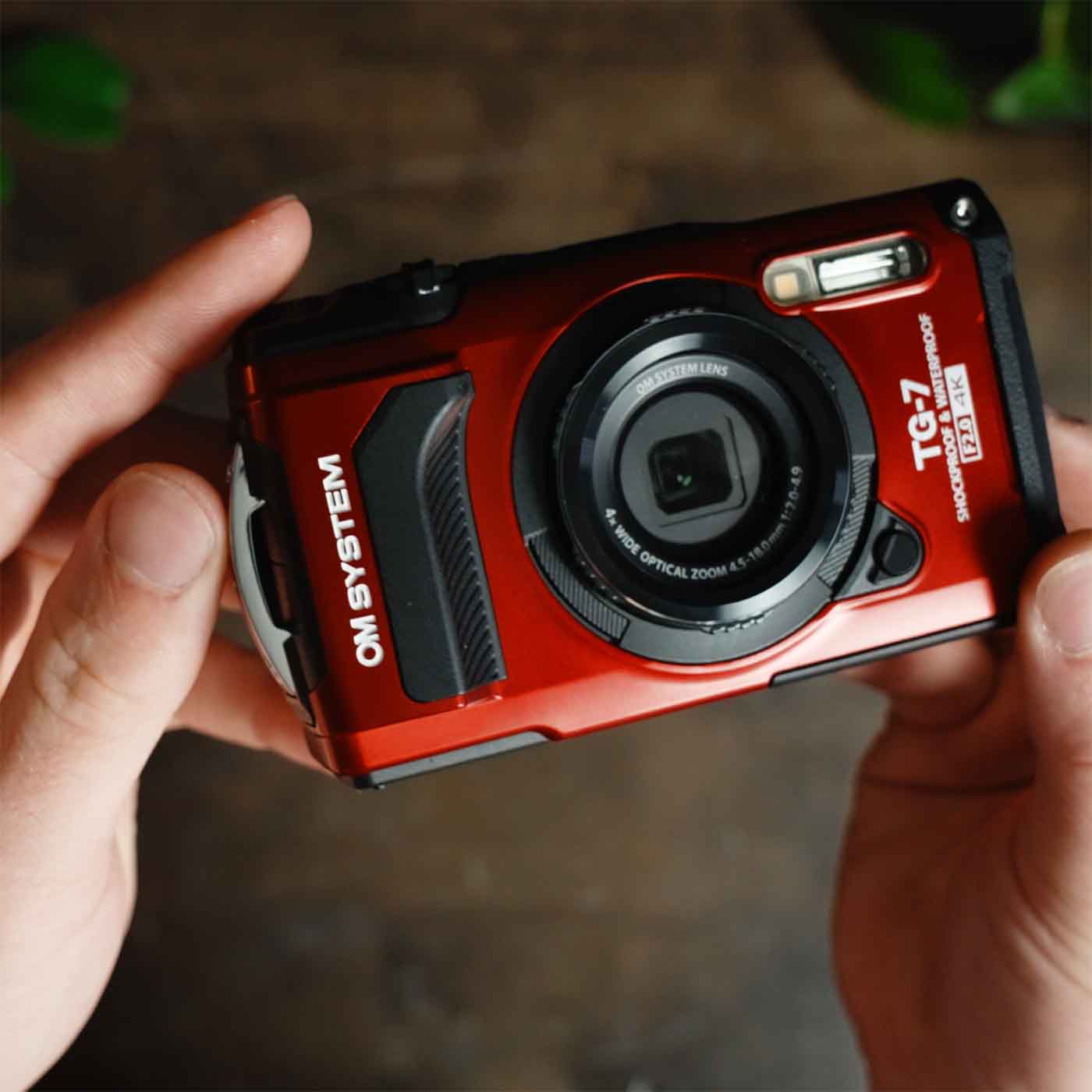
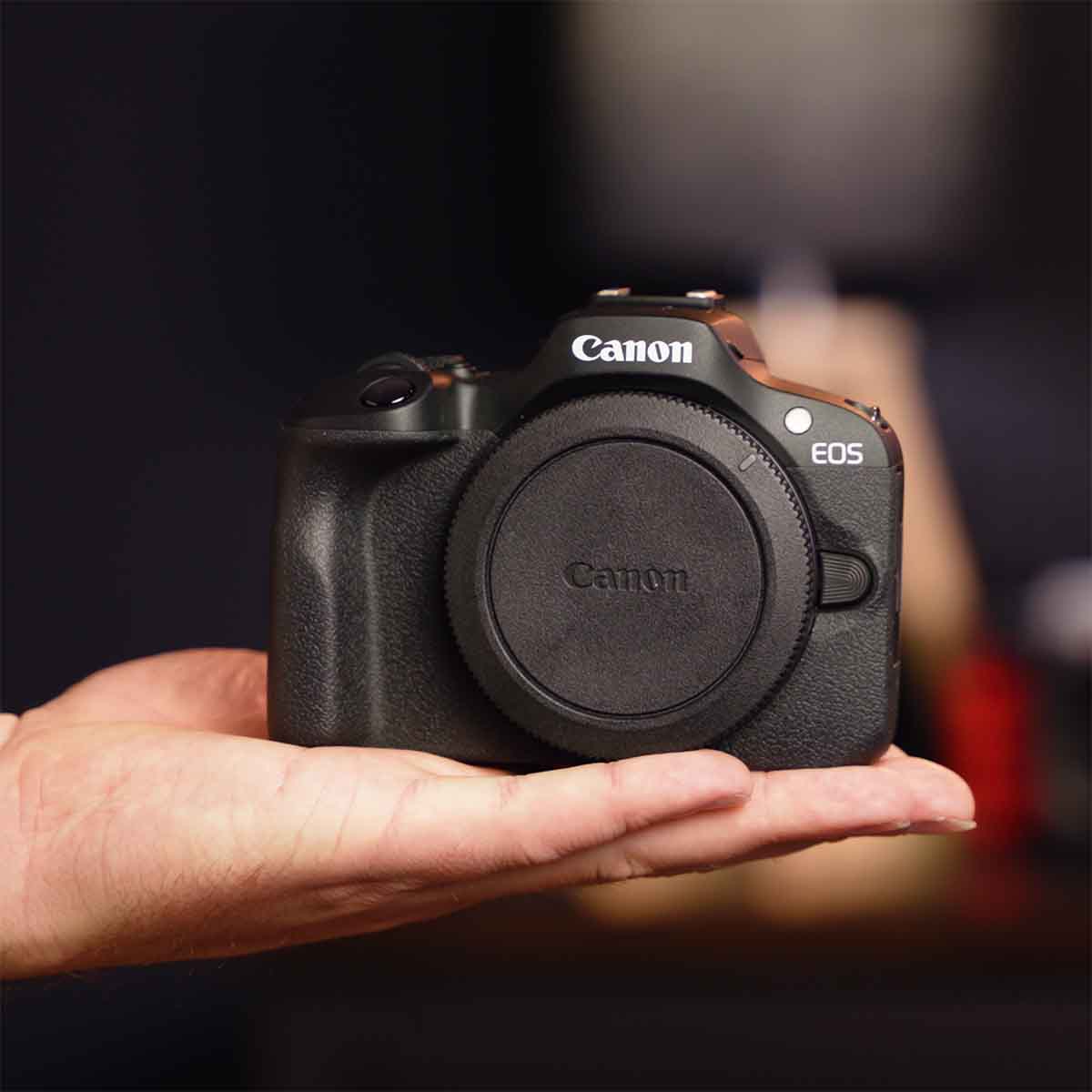
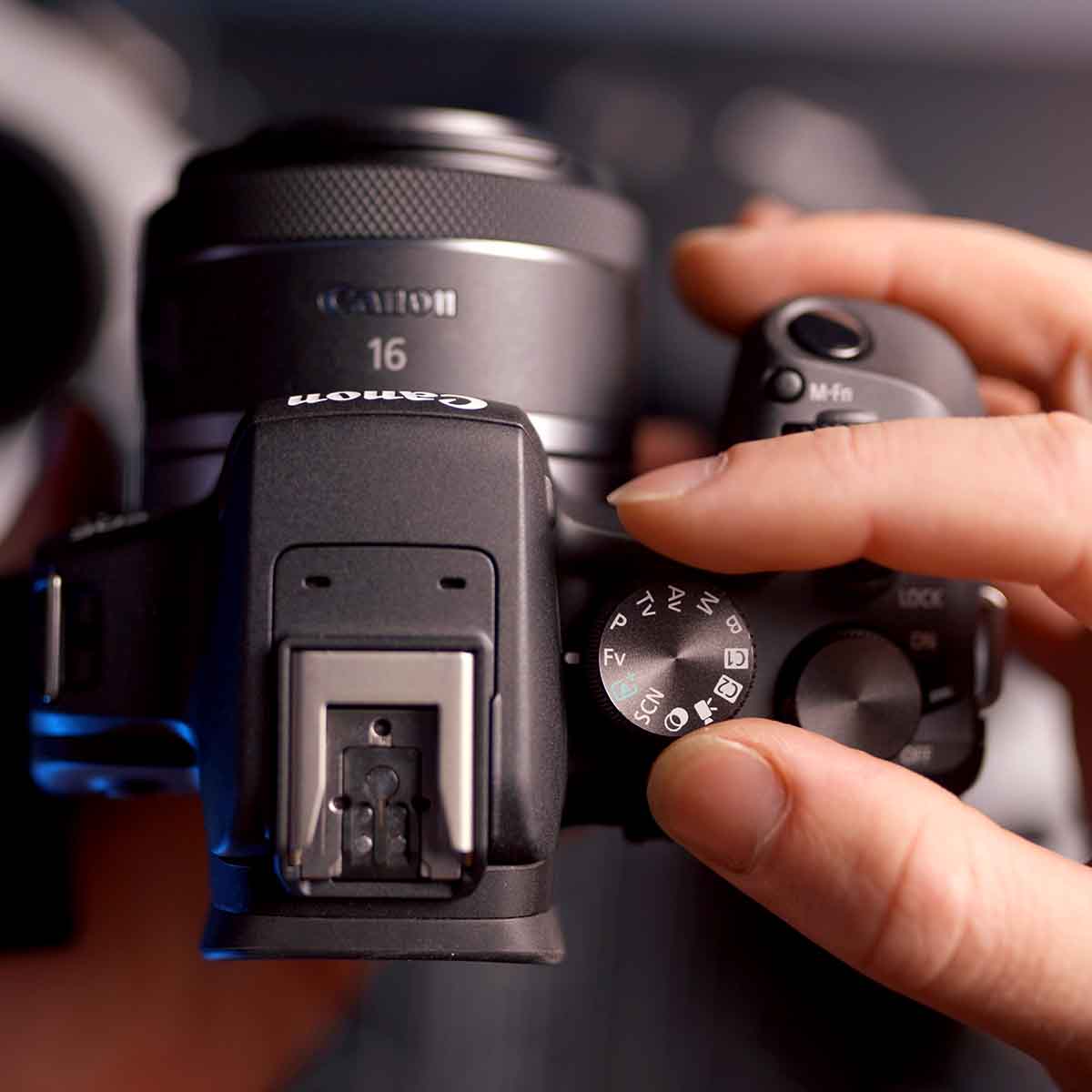
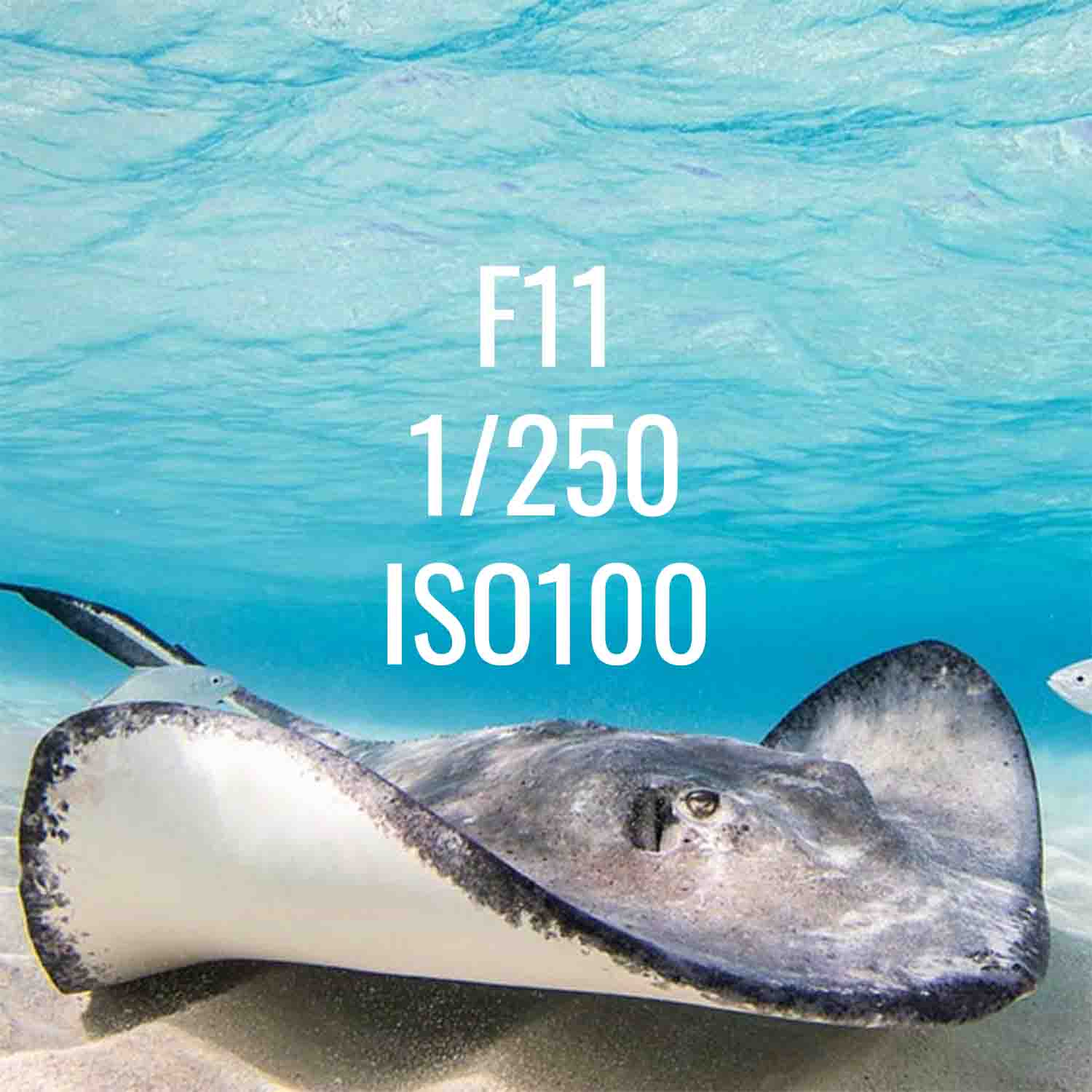


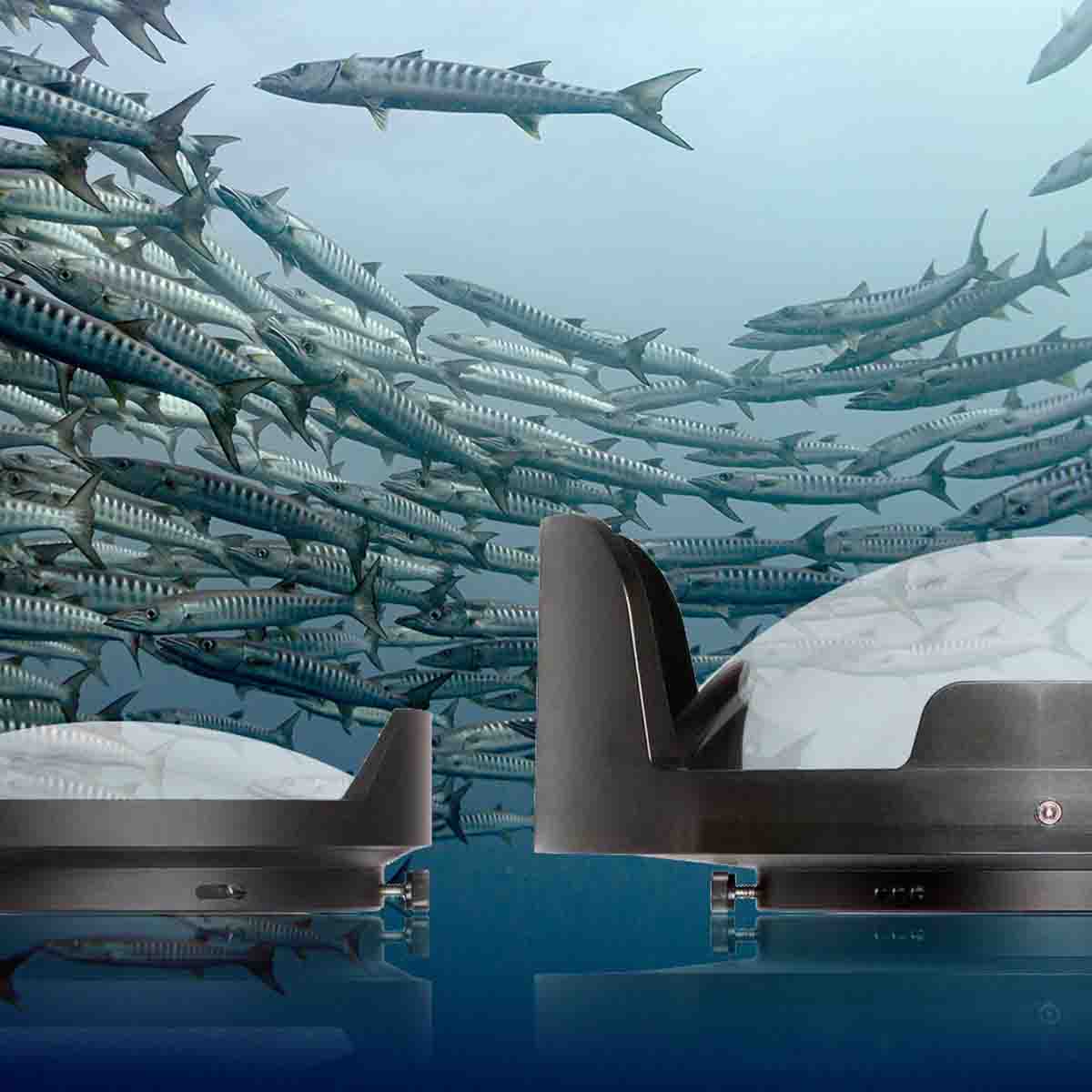
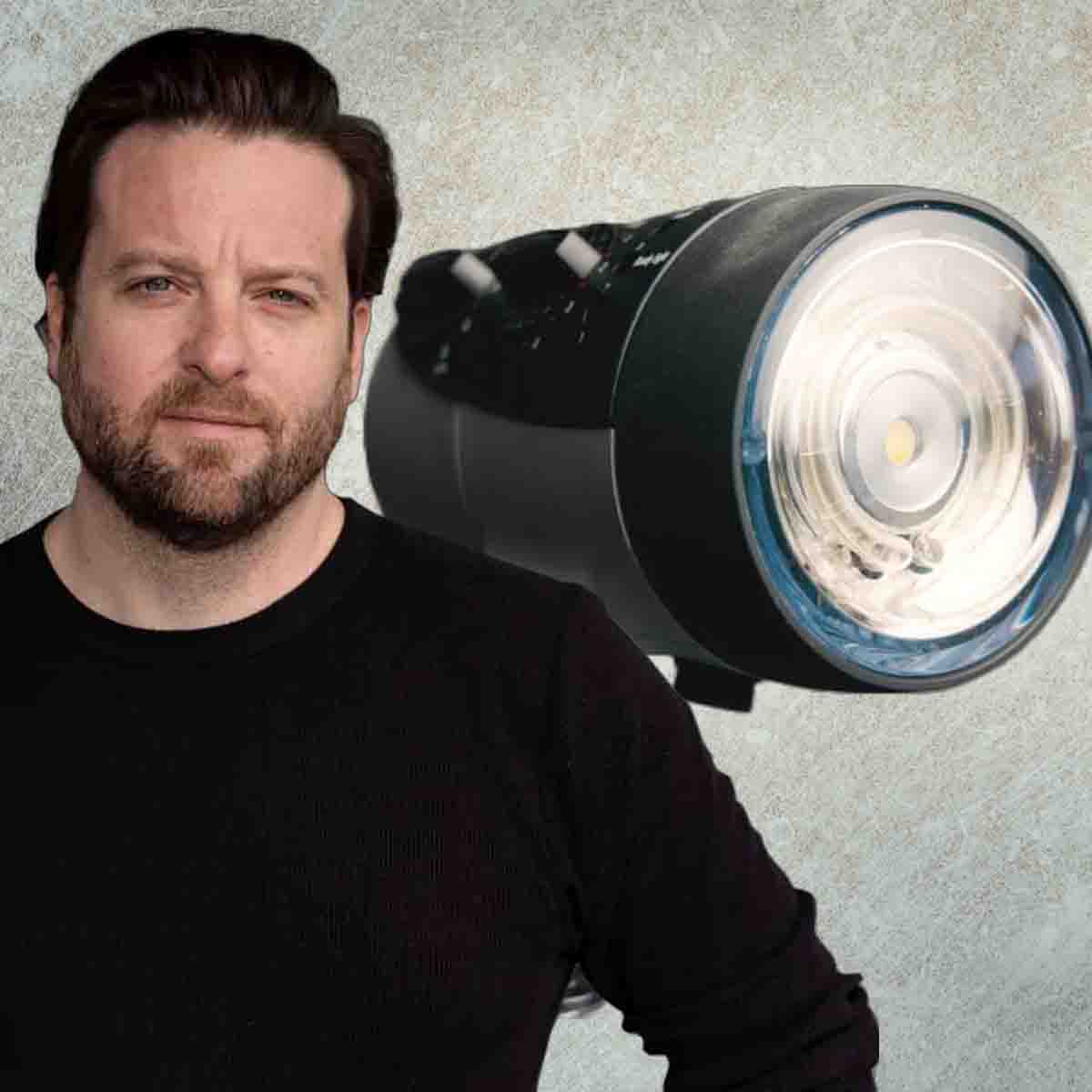

![The Best Lenses for Canon APS-C Cameras Underwater RIGHT NOW! [VIDEO]](http://www.ikelite.com/cdn/shop/articles/Canon_APS-C_Best_Lenses_for_Underwater_Blog_Cover_3ee38534-b667-4b80-b84d-80b0afa740aa.jpg?v=1744054714&width=1500)
![Sony a1 II vs a1 // Which is Better for Underwater Photos & Video??? [VIDEO]](http://www.ikelite.com/cdn/shop/articles/Sony_a1_II_vs_a1_cover_356222ad-da90-4976-9022-c056ae7b61ed.jpg?v=1743164451&width=2000)